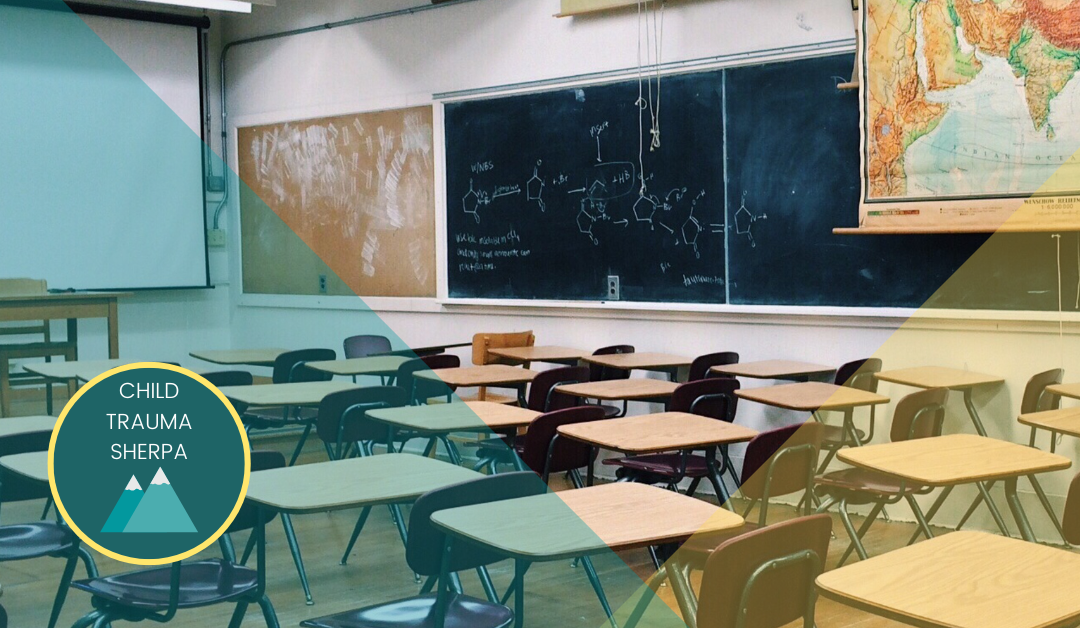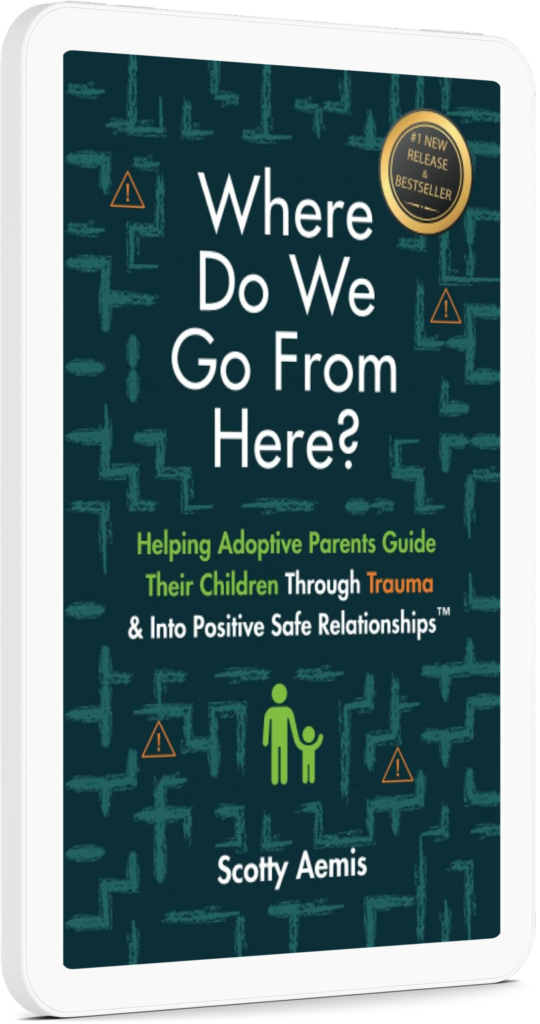Breaking Down Norms in the Classroom to Create Trauma-Informed Spaces
In the past, the norm around classrooms was that students were expected to quietly sit still for the duration of a class period. However, creating a trauma-informed space requires that we break that mindset.
This has led to some tension in the educational space about what it means to be trauma-informed and the perceived notion that these spaces mean the teacher is not in control of their classroom.
That’s because trauma-informed classrooms often don’t look or feel the same way. The reason for this is because classrooms that recognize and account for trauma focus on creating the feeling of safety first.
The Role that Safety Plays
Why is safety such a big deal? Safety is key not only in promoting healing but it plays a huge role in our ability to function at our cognitive best. If we want students to excel academically, think creatively, and be able to communicate socially with others, they need to feel a sense of safety and belonging first.
Feeling safe is one of our most primal urges. Satisfying the need for safety physically, emotionally, socially, and psychologically is what allows us to function at higher levels and focus on learning or the task at hand.
Exploring the Boundaries
So why is it the perception that safe, or trauma-informed, seems out of control? The answer lies in safety itself. When a student feels more confident in their surroundings, they are willing to test the boundaries of what exactly is safety. Teachers with a trauma-informed classroom are more likely to see a wider array of behaviors than is typically seen in the traditional classroom setting.
This can mean that a trauma-informed classroom is louder than expected at times and there can be much more movement within the space. While all of this can be jarring to adults and dysregulating as well, this testing of boundaries is necessary for a child’s growth and healing. For many students, they are discovering what it means to feel safe in their classroom and with their teachers. In the end, it’s about learning to strike a balance between flexibility and accountability as both educators and students learn what it means to coexist in that balance.
Learning is Not Linear
Learning is not linear and our classrooms need to reflect that. Forcing a non-linear brain function to happen in a linear space can literally be dysregulating in and of itself. This means that in order to create a trauma-informed classroom, it’s okay for the room to feel a little chaotic as everyone learns to interact and learn in a safe space.
As students learn to feel safer in their surroundings, they are able to engage on a deeper level in the classroom. This allows students to not only excel academically, but allows them to grow as an individual.
If you’d like to learn more about what it means to create a trauma-informed classroom, check out our article on how to create a space that is calming and regulating for students.


